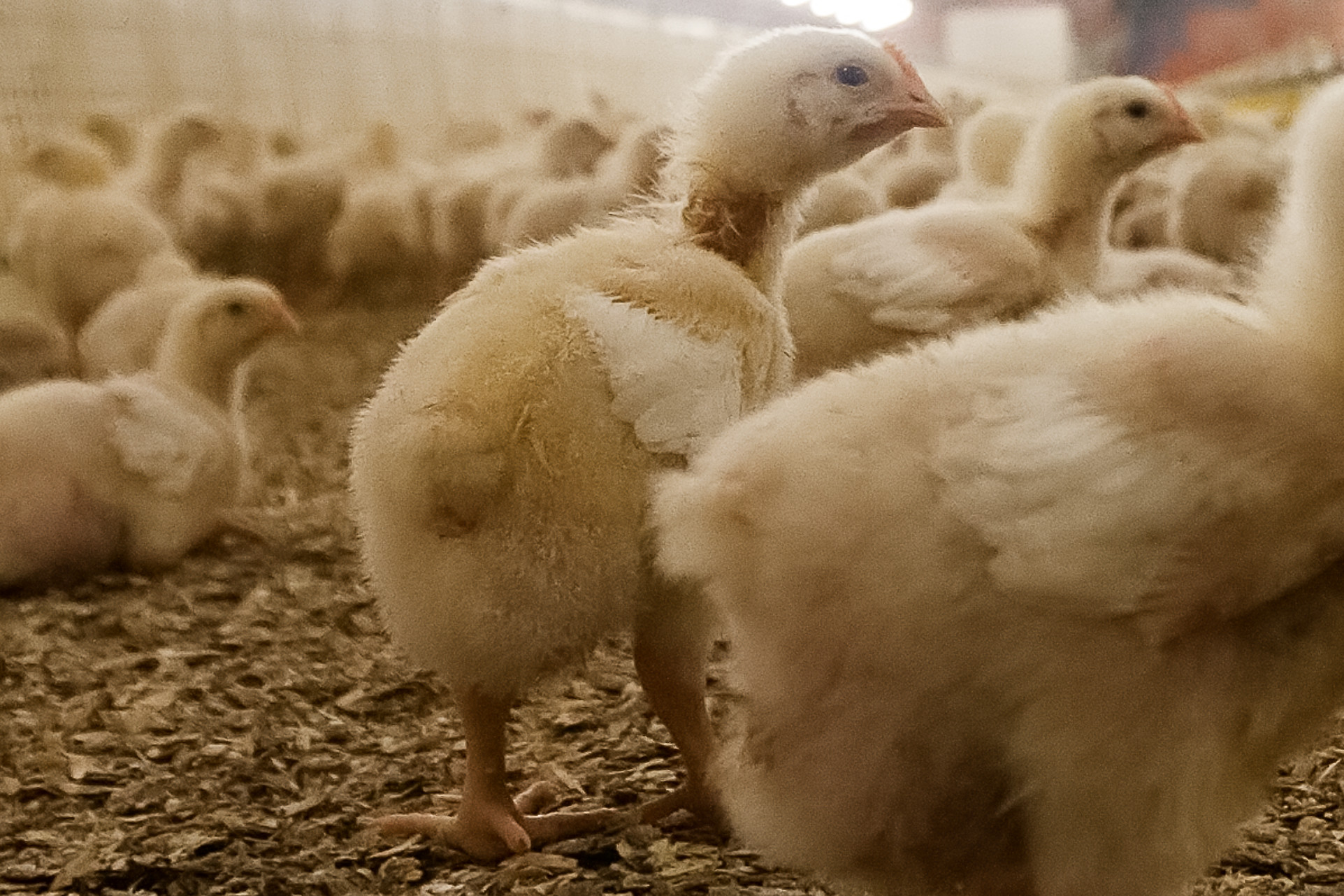Yeast and probiotics: A good combo for chickens

Yeast and probiotics are often used in poultry diets. But is a combination of the 2 recommended or is the efficacy better when these products are fed alone?
A study was conducted to investigate the efficacy of yeast (Saccharomyces cerevisiae) and multi-strain probiotic (Lactobacillus acidophilus, Bacillus subtilis, and Aspergillus oryzae) alone or in combination on the growth performance, carcass measurements, serum biochemical constituents, meat antioxidant capacity, and fatty acid composition in broiler chickens. In this experiment, 7 day old broiler (n=336) chickens were randomly assigned to 4 treatments: control (CON), 0.5% dried yeast (DY), 0.5% probiotic (PRO), or 0.25% DY and 0.25% PRO (DY-PRO) with 6 pens per treatment and 14 broiler chickens per pen.
Experimental set-up
All broiler chickens were individually weighed on day 7 of age to determine initial weight and thereafter body weight and feed consumption were measured on day 21 and 35 of age. Mortality was recorded during the experiment. Average weight gain, average feed intake, and feed conversion ratio (feed/gain) were calculated for starter, grower, and overall periods. At the end of the experiment, 12 broiler chickens per treatment (2 broiler chickens/replicate) were randomly selected, held without feed for 12 h, humanely harvested, de-feathered, and dressed. The respective weights of different parts of broiler chickens, including liver, heart, gizzard, and abdominal fat were determined and expressed as a percentage of live body weight. Furthermore, lymphoid organs weights (spleen, bursa of Fabricius, and thymus gland) were weighed separately and expressed as a percentage of live body weight.
Results from the different diets
The researchers showed that at 35 days of age, the DY-PRO treatment had greater body weight and dressing percentage, and better feed conversion ratio (P < 0.05) than the con treatment, but was not different from the pro treatment. lower abdominal fat (p >< 0.001) was observed in the dy, pro, and dy-pro treatments compared to the con treatment at 35 d of age. broiler chickens fed the dy, pro or dy-pro diet had greater serum total protein, globulin, and glucose, but lower total lipids and cholesterol (p >< 0.001) than those fed the con diet at day 35 of age. the inclusion of dy-pro increased crude protein and decreased crude fat of the breast meat (p >< 0.05), followed by the pro and dy diets as compared with the con diet. at 35 days of age, the dy and dy-pro treatments had lower malondialdehyde and greater glutathione peroxidase values of the breast meat (p >< 0.001) than the con and pro treatments. the dy, pro or dy-pro diet increased polyunsaturated fatty acid (pufa; p >< 0.05), n-3 fatty acids (p >< 0.001) and pufa saturated fatty acids ratio (p >< 0.05), but decreased n-6 n-3 ratio (p >< 0.001) in the breast meat compared with the con diet at the end of the experiment.>
Conclusion
The current study indicated that the inclusion of DY-PRO beneficially affects the growth performance, meat composition, antioxidant capacity, and fatty acid profile of the meat, followed by the PRO and DY diets. The DY-PRO combination could be used as a functional feed additive in broiler chickens.
This research is published in the journal ‘Livestock Science’.












